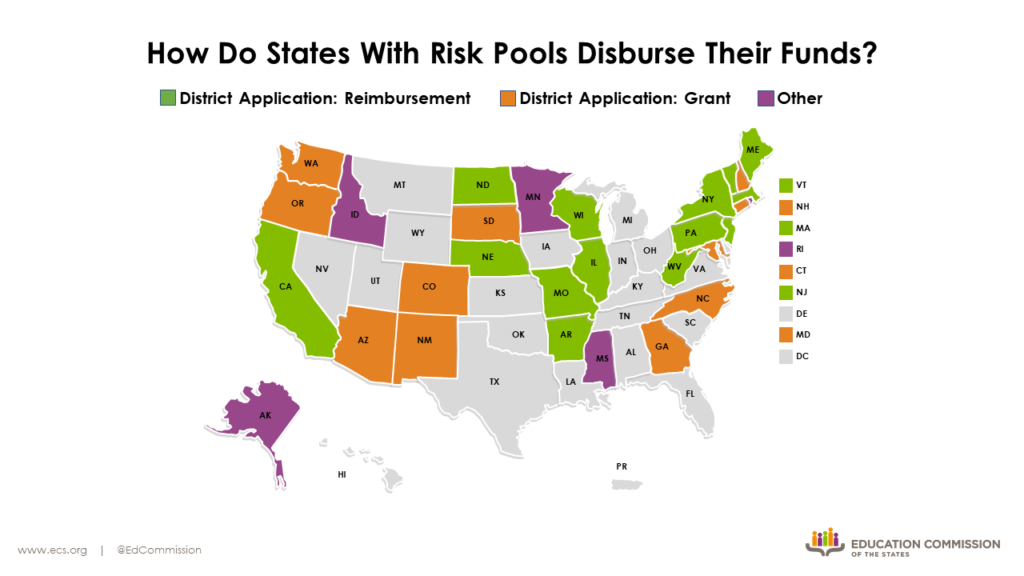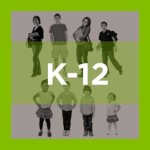Both states and the federal government recognize that the additional services required to adequately support the learning of special education students come at an additional cost. States help districts cover these costs by allocating additional state funds for special education students, over and above the standard per-pupil allocation. On the federal level, the Individuals with Disabilities Education Act (IDEA), established to help support states in providing a Free and Appropriate Public Education (FAPE) to special education students, provides grants to states for this purpose.
These funding sources certainly help districts in covering special education costs. However, in order to provide an appropriate education for the 5% of special education students with the most significant needs, states will spend more than 3 times their average per-pupil amount. State and federal special education funds are often unable to fully cover the costs of these intensive services, including high-intensity and combinatory speech-language and audiology services, occupational and physical therapies, rehabilitation counseling, orientation and mobility services, and specialized transportation. In response, 30 states have established — through statute or administrative rule — a specific pool of “high-cost funds” to help cover districts’ costs for this purpose.
In 25 states, districts access high-cost funds by application, either in advance of expenses (grants - 11 states) or after expenses are incurred (reimbursements - 14 states). Within the application, districts must specify how funds will be used. In most cases, the application goes to the state education agency to make the final allocation determination. The remaining five states use other allocation methods, such as funding formulas, parent applications or state-level calculations of prorated district costs.

In addition to restricting use, each of these states also restricts access to funds through district eligibility criteria. Frequently, eligibility criteria limit district claims for services to a certain dollar amount per-pupil, or to a certain number of times more than the state per-pupil allocation.
- Fourteen of the 30 states limit claims to a factor of the per-pupil allotment, ranging from greater than 2 times (South Dakota) to greater than 5 times (Rhode Island).
- Another seven states limit claims to students by dollar amount, ranging from greater than $15,000 (Arkansas) to greater than $75,000 (Pennsylvania).
- The remaining nine states limit claims through some other method, such as limiting individual claims to a percentage of the total amount of funding allocated to the district or by providing prorated amounts of the total state allocation across districts based on their claims.
To learn more about special education funding in the states, please visit our 50-State Comparison.









